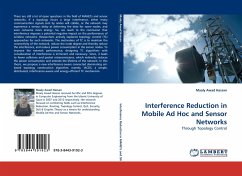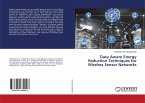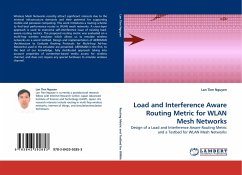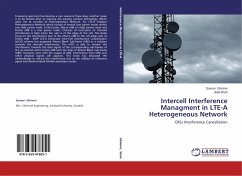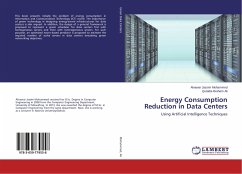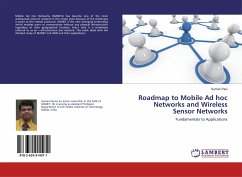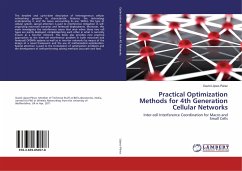There are still a lot of open questions in the field of MANETs and sensor networks. If a topology incurs a large interference, either many communication signals sent by nodes will collide, or the network may experience a serious delay at delivering the data for some nodes, and even consume more energy. So, we reach to the conclusion that interference imposes a potential negative impact on the performance of wireless networks. Researchers actively explored topology control (TC) approaches for such networks. The motivation of TC is to maintain the connectivity of the network, reduce the node degree and thereby reduce the interference, and reduce power consumption in the sensor nodes. To improve the network performance, designing TC algorithms with consideration of interference is imminent and necessary. Since, it leads to fewer collisions and packet retransmissions, which indirectly reduces the power consumption and extends the lifetime of the network. In this thesis, we propose a new interference-aware connected dominating set-based topology construction algorithm, namely, IACDS, a simple, distributed, interference-aware and energy-efficient TC mechanism.
Bitte wählen Sie Ihr Anliegen aus.
Rechnungen
Retourenschein anfordern
Bestellstatus
Storno

